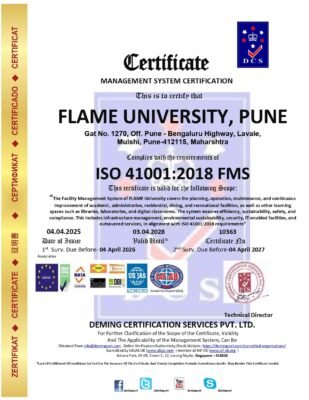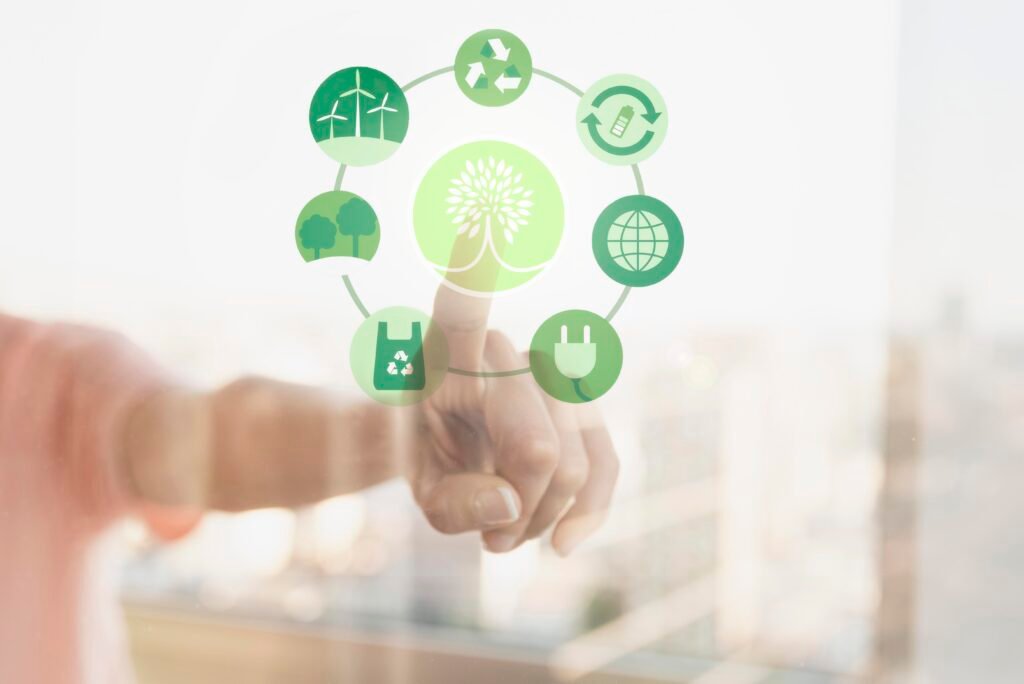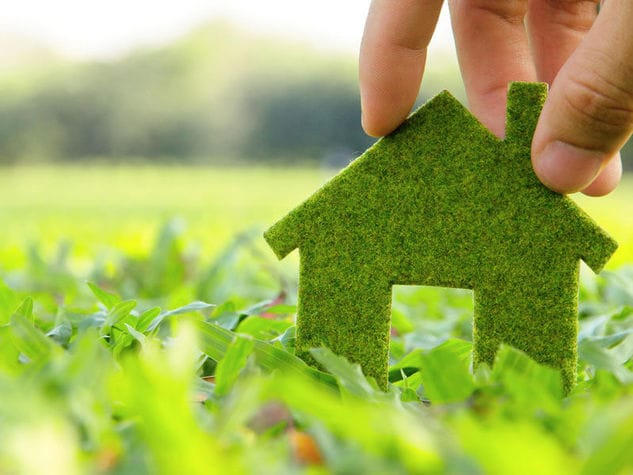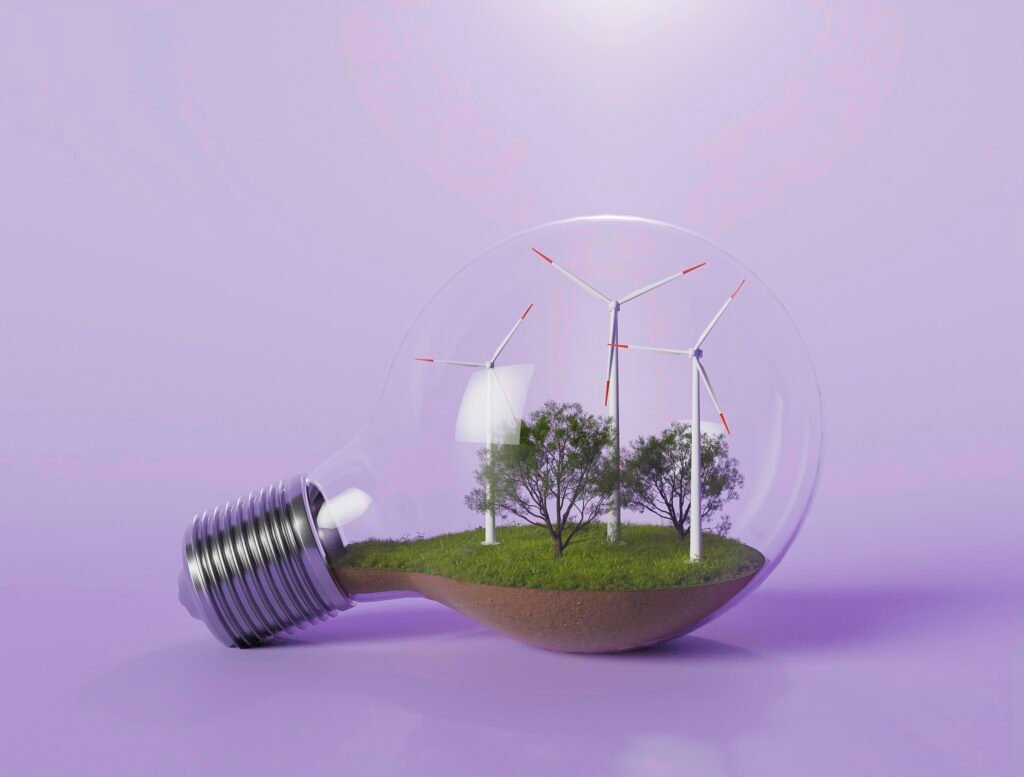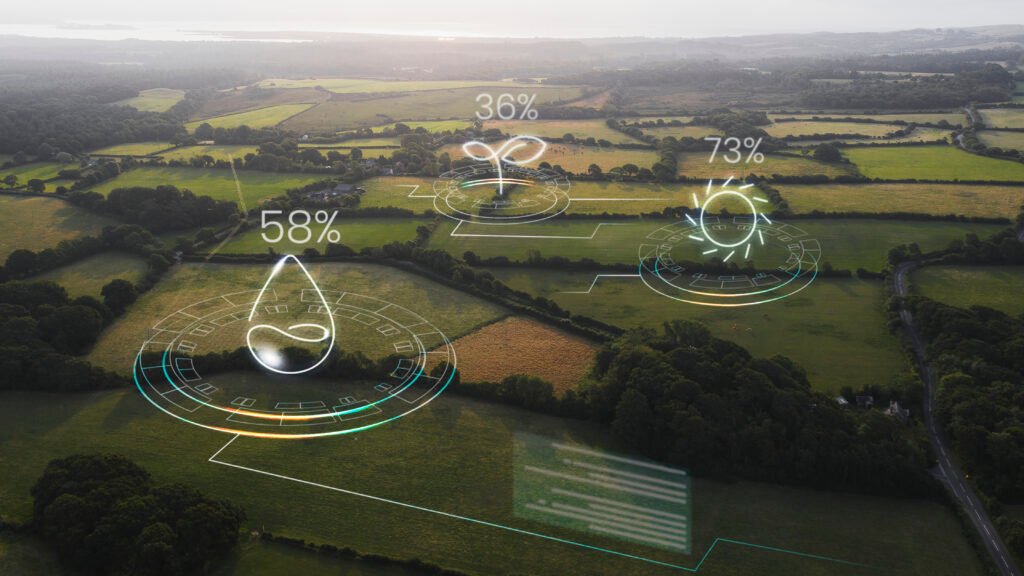White Paper: Embracing a Healthier Future – The Imperative of Green Non-Toxic Materials in India Executive Summary: As India strides towards rapid urbanization and industrialization, the need for sustainable development has never been more critical. This white paper highlights the growing imperative for adopting green non-toxic materials within India’s built environment and manufacturing sectors. Beyond simply “green,” these materials prioritize human health and ecological well-being by minimizing harmful chemical emissions and ensuring a safe lifecycle. Driven by increasing awareness, evolving regulations, and a demand for healthier living and working spaces, India is witnessing a significant shift towards these inherently safer and more sustainable material choices. This paper explores the definition, benefits, key applications, driving forces, and challenges in promoting green non-toxic materials across the nation. 1. Introduction: The Intersection of Green and Non-Toxic The concept of “green materials” typically encompasses environmental sustainability – focusing on reduced resource consumption, energy efficiency, and waste minimization. However, a crucial dimension often overlooked is toxicity. Green non-toxic materials are a subset that not only meet environmental criteria but also explicitly exclude or significantly reduce the presence of harmful chemicals that can off-gas, leach, or become hazardous during their lifecycle, impacting human health and ecosystems. In India, where indoor air pollution is a significant concern and chemical exposure is prevalent in various industries, the “non-toxic” aspect becomes paramount. These materials are designed to create healthier indoor environments, protect workers, and safeguard the broader ecosystem from chemical contamination. Key Characteristics of Green Non-Toxic Materials: 2. The Compelling Case for Non-Toxic Green Materials in India The demand for non-toxic green materials is driven by critical health, environmental, and economic factors: 3. Key Green Non-Toxic Material Applications in India The application of these materials spans across residential, commercial, industrial, and institutional sectors: 4. Driving Forces for Adoption in India 5. Challenges & Road Ahead Despite the clear benefits and growing momentum, several challenges hinder the widespread adoption of green non-toxic materials in India: Recommendations for Future Growth: Conclusion: The shift towards green non-toxic materials in India is not merely an architectural trend but a fundamental necessity for public health and environmental sustainability. By actively promoting their development, adoption, and transparent labeling, India can foster a healthier, safer, and truly sustainable built environment. This concerted effort will not only safeguard the well-being of its citizens but also position India as a leader in responsible and health-conscious green development on the global stage. What is green non toxic material white paper? A “white paper on green non-toxic material” is a detailed, authoritative report that focuses specifically on the intersection of environmental sustainability and human health within the context of materials, typically in the construction and manufacturing industries. Here’s a breakdown of what that means: 1. What is a White Paper? A white paper is a persuasive, in-depth, and well-researched document that aims to: White papers are typically longer and more technical than blog posts or marketing brochures. They rely on facts, data, research, and logical arguments, often including charts, graphs, and citations. While they can be used for marketing (especially in B2B contexts), their primary purpose is to educate and persuade based on evidence. 2. What is “Green Non-Toxic Material”? This term combines two critical aspects of sustainable materials: Therefore, a green non-toxic material is one that is both environmentally sustainable and safe for human health and the ecosystem, actively avoiding hazardous chemicals. 3. Purpose of a White Paper on Green Non-Toxic Material (especially in the Indian context): The white paper titled “The Evolving Landscape of Green Materials in India” (which I provided previously) serves precisely this purpose. Such a white paper would aim to: In essence, a “green non-toxic material white paper” is a comprehensive guide to understanding, promoting, and implementing a healthier and more sustainable approach to material selection in a specific region or industry. Who is require green non toxic material white paper? Courtesy: MOM DOES DIY A white paper on green non-toxic materials in India would be of significant interest and a “requirement” for a wide range of stakeholders across the public and private sectors. Here’s a breakdown of who would need and benefit from such a document: 1. Policymakers and Government Bodies: 2. Real Estate Developers and Builders: 3. Architects, Designers, and Consulting Firms: 4. Manufacturers of Building Materials and Industrial Products: 5. Financial Institutions and Investors: 6. Academia and Research Institutions: 7. NGOs, Environmental Advocacy Groups, and Consumer Organizations: 8. Healthcare and Public Health Professionals: In essence, anyone involved in the design, construction, regulation, funding, manufacturing, or occupation of built spaces in India, who cares about sustainability and human health, would find a white paper on green non-toxic materials to be a valuable and even “required” resource. It serves as a foundational document to guide decisions towards a healthier and greener future. When is require green non toxic material white paper? A white paper on green non-toxic materials in India isn’t something that’s “required” at a specific, mandated time like a tax filing or a quarterly report. Instead, it becomes “required” or highly valuable when certain conditions or needs arise. Here are the scenarios and “times” when such a white paper would be particularly necessary or impactful: In summary, a white paper on green non-toxic materials in India is not a routine requirement but rather a strategic document that becomes essential at inflection points: when policies are being shaped, markets are shifting, health concerns are escalating, or a deeper, evidence-based understanding is needed to drive the widespread adoption of genuinely sustainable and healthy materials. Its “when” is driven by the dynamic needs of a rapidly developing nation striving for both economic growth and environmental stewardship. Where is require green non toxic material white paper? A white paper on green non-toxic materials in India isn’t a physical object that’s “required” in a specific location like a building material might be. Instead, it’s a document that is needed or utilized by various stakeholders in different “locations” or contexts within India’s sustainable development ecosystem. Think of



